The White Swan was an old coaching inn at the corner of Station Road which became a private residence known as Silhill House in the 1820s. ‘Silhill’ was once a popular variation of ‘Solihull’. Demolished around 1926, Silhill House stood close to this pub. Solihull’s transformation, from a sleepy market town to a metropolitan borough, dates from the opening of the railway in 1852. The redevelopment of the town centre, in the 1960s, claimed several historic buildings, including Touchwood Hall, although its name lives on in the shopping centre.
A photograph and text about The White Swan.
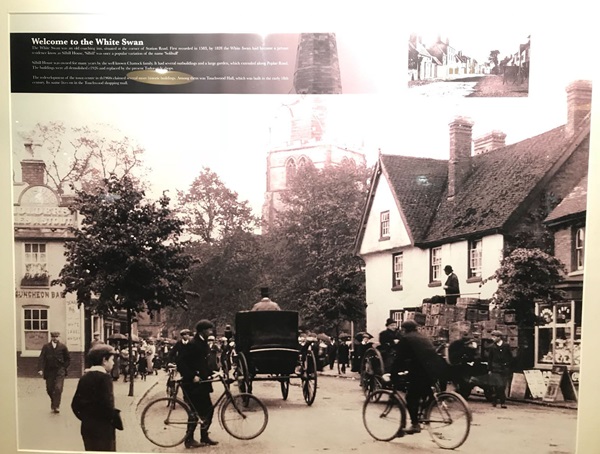
The text reads: The White Swan was an old coaching inn, situated at the corner of Station Road. First recorded in 1583, by 1828 The White Swan had become a private residence known as Silhill House. ‘Silhill’ was once a popular variation of the name ‘Solihull’.
Silhill House was owned for many years by the well known Chattock family. It had several outbuildings and a large garden, which extended along Poplar Road. The buildings were all demolished c1926 and replaced by the present Tudor-style shops.
The redevelopment of the town centre in the 1960s claimed several more historic buildings. Among them was Touchwood Hall, which was built in the early 18th century. Its name lives on in the Touchwood shopping mall.
Prints of Solihull.
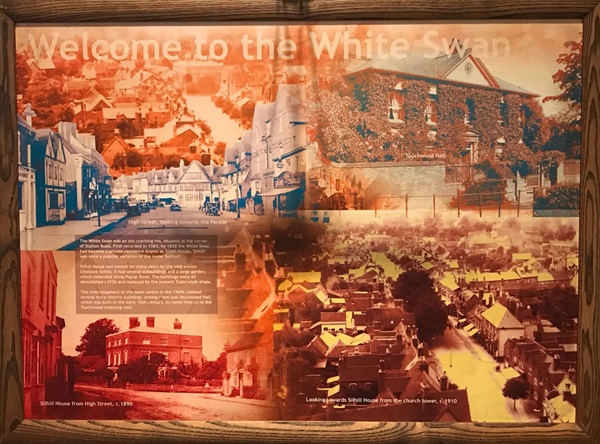
Prints and text about the history of Solihull.
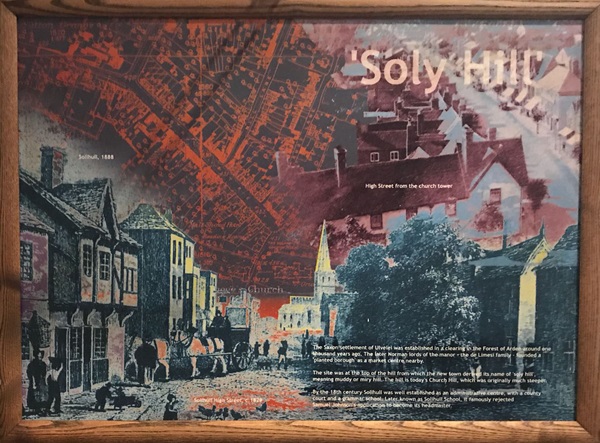
The text reads: The Saxon settlement of Ulvelei was established in a clearing in the Forest of Arden around one thousand years ago. The later Norman lords of the manor – the de Limesi family – founded a planted borough as a market centre nearby.
The site was at the top of the hill from which the new town derived its name of ‘soly hill’, meaning muddy or miry hill. The hill is today’s Church Hill, which was originally much steeper.
By the 18th century Solihull was well established as an administrative centre, with a county court and a grammar school. Later known as Solihull School, it famously rejected Samuel Johnson’s application to become its headmaster.
Old photographs of Solihull.
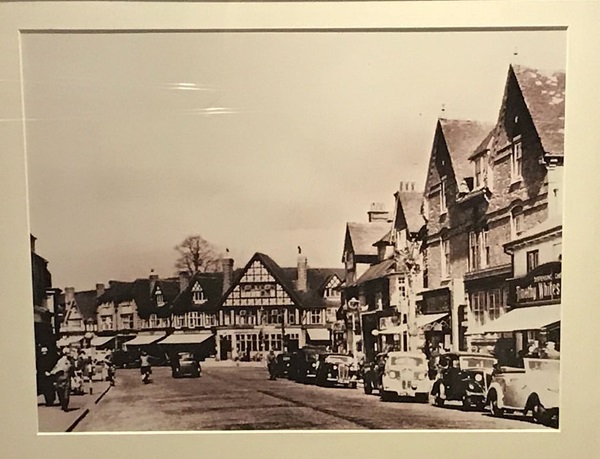
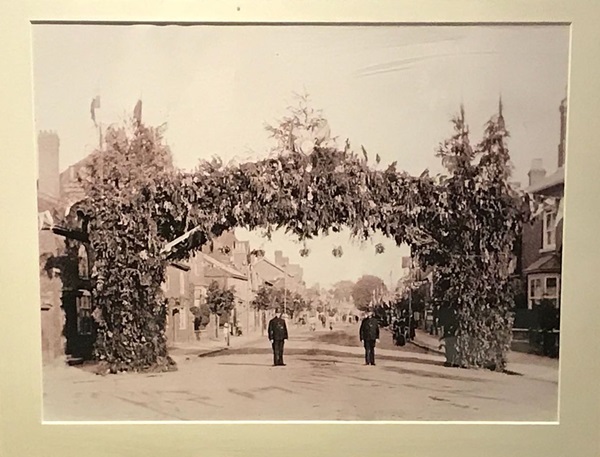
A swan statue on display in the pub.

External photograph of the building – main entrance.
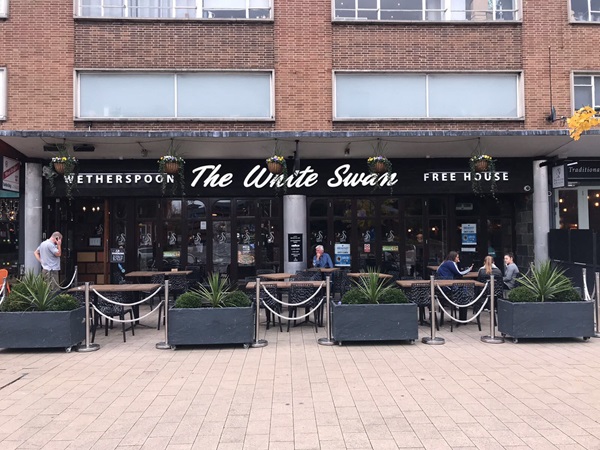
If you have information on the history of this pub, then we’d like you to share it with us. Please e-mail all information to: pubhistories@jdwetherspoon.co.uk